10 Best Herbal Mucillages For Shingles
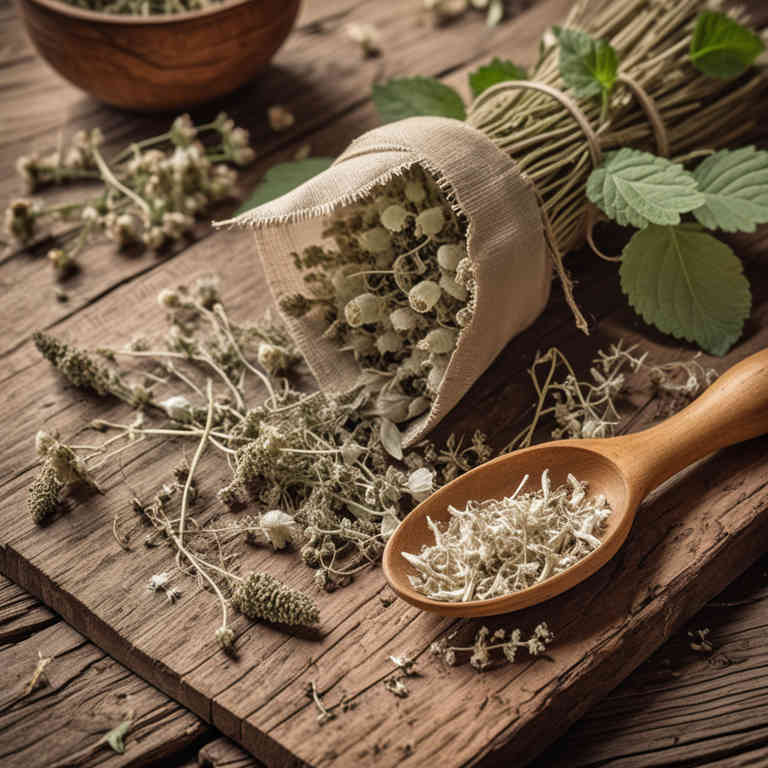
Herbal mucillages, which are thick, gel-like substances found in certain plants, have been explored for their potential benefits in managing shingles, a viral infection caused by the varicella-zoster virus.
These mucillages, such as those derived from aloe vera, psyllium, and marshmallow root, possess soothing and anti-inflammatory properties that may help alleviate the pain and discomfort associated with shingles. They can provide a protective barrier over the skin, reducing irritation and promoting healing of the affected areas. Some herbal mucillages also have antimicrobial properties that may help prevent secondary infections in shingles blisters.
While they are not a cure for shingles, they can be used as complementary therapy under the guidance of a healthcare professional to support overall skin health and symptom relief.
FREE Herb Drying Checklist
How to make sure every batch retains maximum flavor, color, and aroma without the risk of mold or over-drying. Eliminate guesswork and trial-and-error, making herb drying faster, easier, and more efficient every time.
Table of Contents
1. Aloe barbadensis
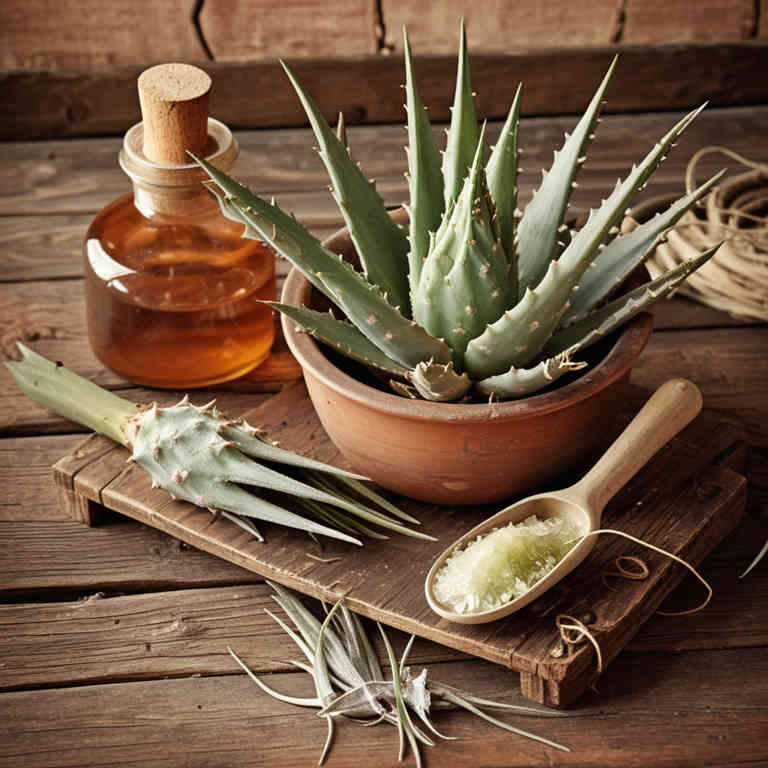
Aloe barbadensis, commonly known as aloe vera, contains mucillages that have been studied for their potential benefits in managing shingles, a viral infection caused by the varicella-zoster virus.
These mucillages, which are gel-like substances found within the aloe leaf, possess anti-inflammatory, antimicrobial, and skin-soothing properties that may help alleviate the pain, irritation, and skin damage associated with shingles. When applied topically, aloe mucillages can promote healing of blisters and reduce the risk of secondary infections by creating a protective barrier on the affected skin. Some preliminary research suggests that aloe may also support the immune system, potentially enhancing the body's response to the virus.
While aloe is not a cure for shingles, it can be a complementary therapy used alongside conventional treatments to improve comfort and recovery.
2. Calendula officinalis
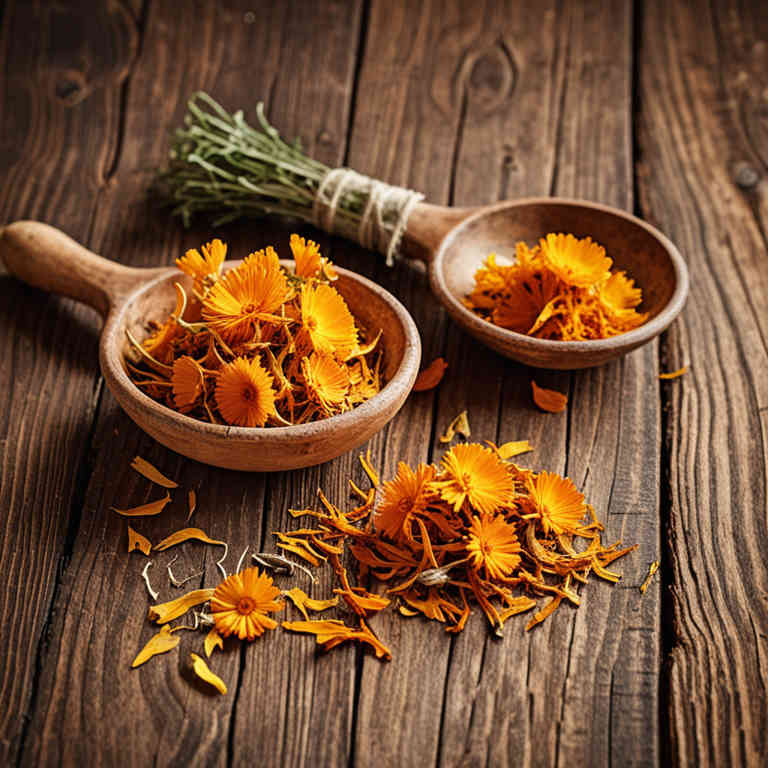
Calendula officinalis, commonly known as pot marigold, contains mucilages that have been traditionally used for their soothing and healing properties.
These mucilages, when mixed with water, form a thick, gel-like substance that can help reduce inflammation and promote skin healing, making them beneficial for conditions like shingles. The anti-inflammatory and antimicrobial properties of calendula mucilages may help alleviate the pain and discomfort associated with shingles blisters. Additionally, the mucilages provide a protective barrier on the skin, which can aid in preventing infection and supporting the body's natural healing process.
While calendula officinalis is often used in topical applications, it is important to consult a healthcare provider before using it for shingles, especially if you are taking other medications or have underlying health conditions.
3. Hypericum perforatum
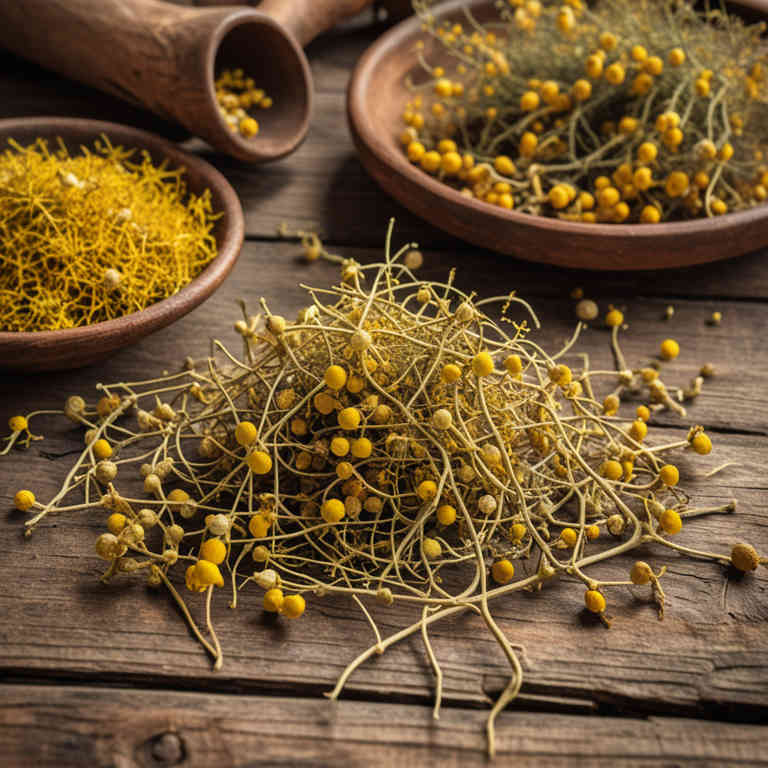
Hypericum perforatum, commonly known as St. John's wort, contains mucillages that have been studied for their potential benefits in supporting skin health, which may be relevant in the management of shingles.
These mucillages are viscous, gel-like substances that can help soothe irritated or inflamed skin, potentially reducing the discomfort associated with shingles outbreaks. While mucillages are more commonly associated with plants like aloe or marshmallow root, the presence of similar compounds in Hypericum perforatum may contribute to its topical anti-inflammatory properties. Some traditional and alternative medicine practices suggest using Hypericum perforatum in topical formulations to aid in the healing of shingles-related skin lesions.
However, it is important to consult a healthcare provider before using Hypericum perforatum, as it may interact with certain medications and is not a substitute for conventional medical treatment.
4. Echinacea purpurea
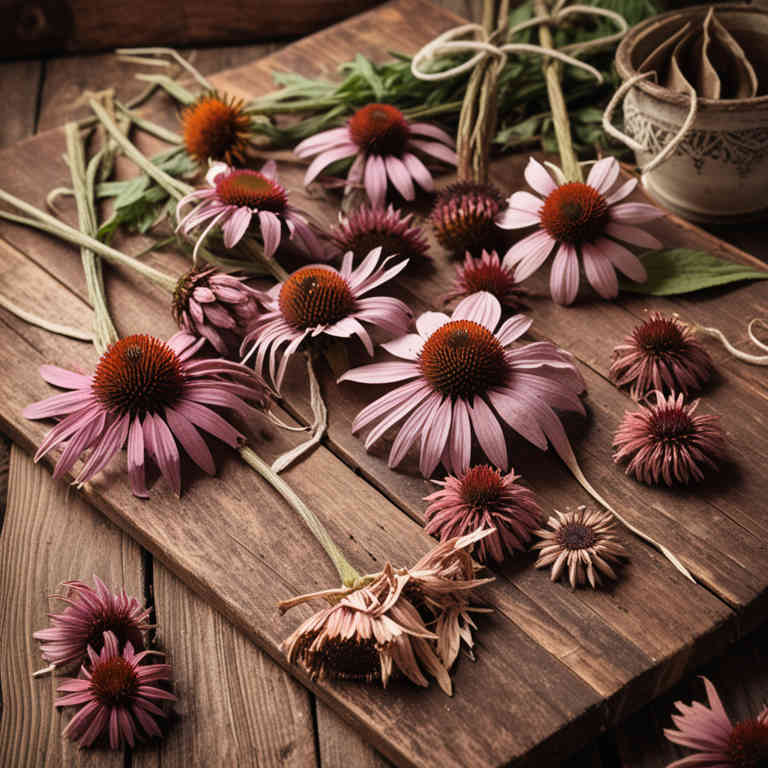
Echinacea purpurea, commonly known as purple coneflower, contains mucilage, a gel-like substance that has been studied for its potential therapeutic benefits.
The mucillages in Echinacea purpurea are rich in polysaccharides and have demonstrated anti-inflammatory and immunostimulant properties. Some research suggests that these mucillages may help support the immune system, which could be beneficial in managing conditions like shingles, caused by the reactivation of the varicella-zoster virus. While there is limited direct evidence linking Echinacea mucillages specifically to shingles treatment, their immune-enhancing effects may contribute to a supportive role in the body's response to viral infections.
As with any herbal remedy, it is important to consult with a healthcare provider before using Echinacea, especially for individuals with autoimmune conditions or those taking immunosuppressive medications.
5. Urtica dioica

Urtica dioica, commonly known as stinging nettle, contains mucilages that have been explored for their potential therapeutic benefits, including in the management of shingles.
These mucilages are rich in polysaccharides and have demonstrated anti-inflammatory and analgesic properties, which may help reduce the pain and inflammation associated with shingles. While scientific research on the specific use of Urtica dioica mucilages for shingles is limited, traditional herbal practices have long utilized the plant for its soothing and healing properties. Some studies suggest that the mucilages may support skin healing and immune modulation, which could be beneficial during the recovery phase of shingles.
However, it is important to consult with a healthcare professional before using Urtica dioica or any herbal remedy for shingles, as individual health conditions and interactions with medications must be considered.
6. Chamomilla recutita
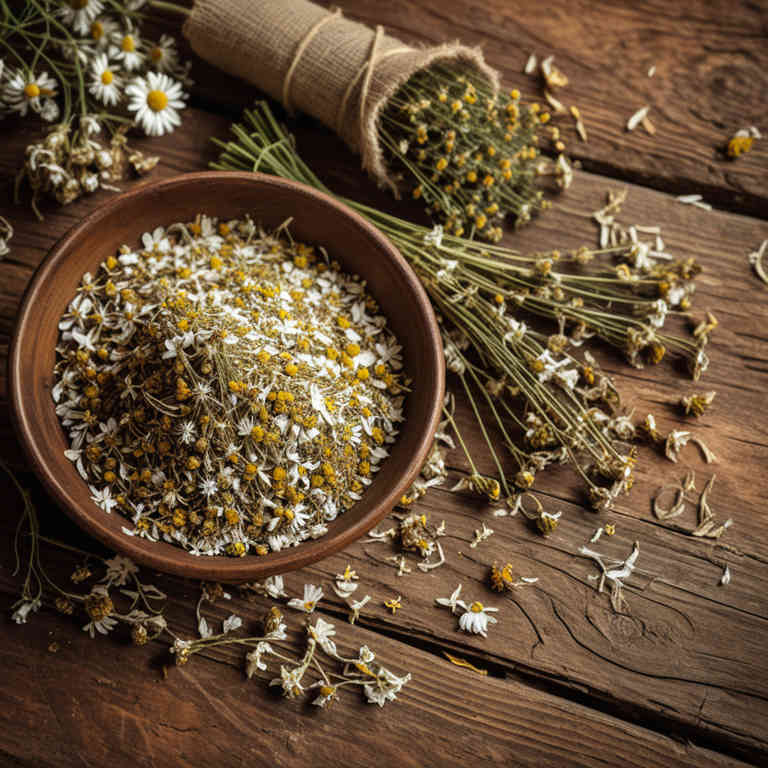
Chamomilla recutita, commonly known as German chamomile, contains mucilage that has been explored for its potential therapeutic benefits in the management of shingles.
The mucilage derived from this plant is rich in polysaccharides and has demonstrated soothing and anti-inflammatory properties, which may help alleviate the pain and discomfort associated with shingles. Some herbal preparations utilizing chamomilla mucilage are believed to support skin healing and reduce irritation, although more clinical research is needed to confirm its efficacy in this context. While not a substitute for conventional antiviral treatments, chamomilla mucilage may serve as a complementary therapy to enhance overall comfort during shingles outbreaks.
As with any herbal remedy, it is important to consult with a healthcare provider before use, especially for individuals with allergies or those taking other medications.
7. Zingiber officinale
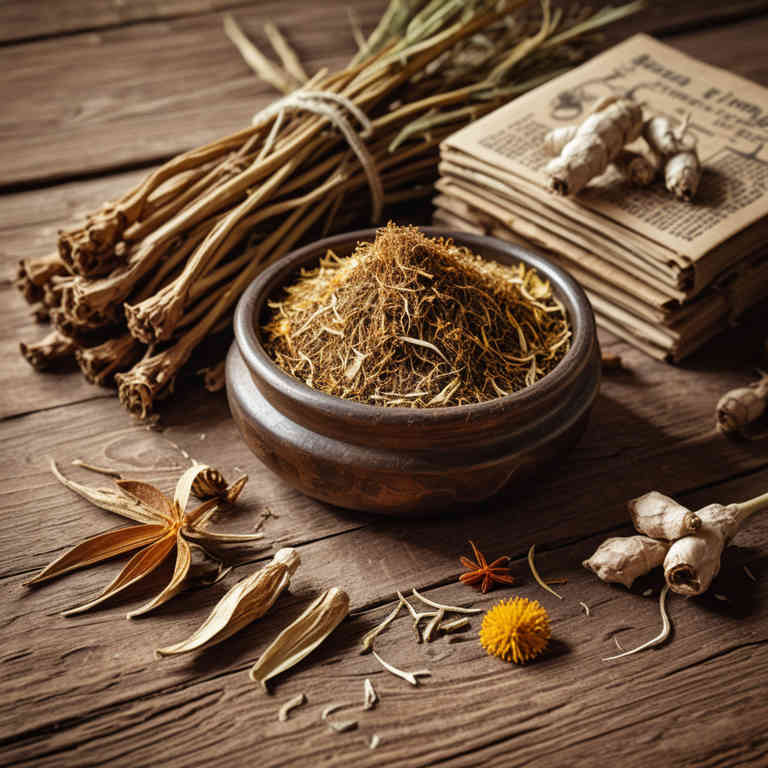
Zingiber officinale, commonly known as ginger, contains herbal mucillages that have shown potential in supporting the management of shingles, a viral infection caused by the varicella-zoster virus.
These mucillages, which are naturally occurring gel-like substances, possess anti-inflammatory and analgesic properties that may help reduce the pain and inflammation associated with shingles. Some studies suggest that the mucillages in ginger may enhance the body's immune response, potentially aiding in the body's fight against the virus. Additionally, the soothing effects of ginger mucillages may provide relief from the discomfort of skin lesions and promote faster healing.
While more research is needed, ginger-based mucillages may serve as a complementary therapy in the holistic treatment of shingles.
8. Sutherlandia frutescens
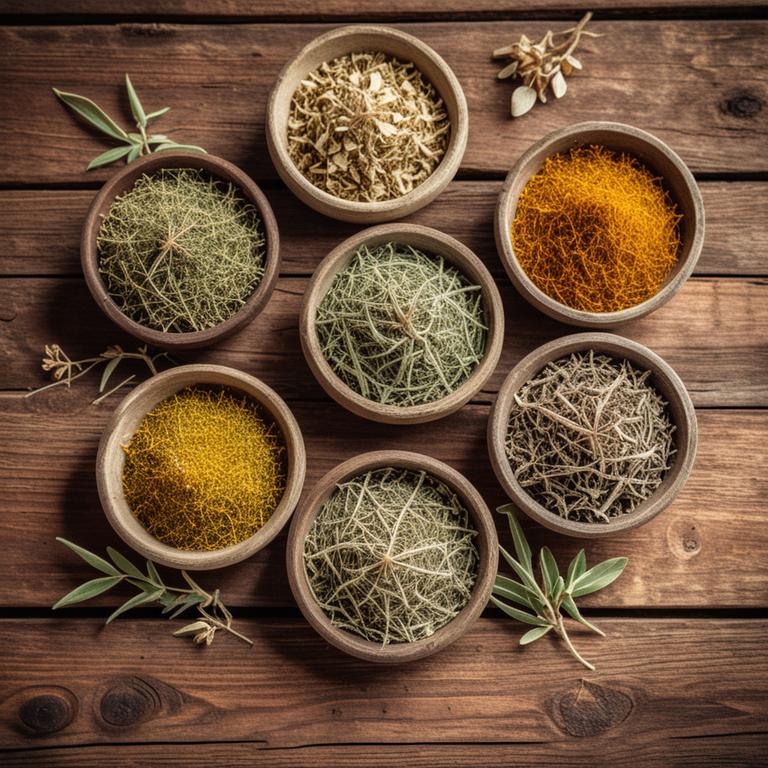
Sutherlandia frutescens, also known as the cancer bush, contains mucillages that have been traditionally used in herbal medicine for their soothing and healing properties.
These mucillages are rich in polysaccharides and can form a protective layer over the skin, helping to reduce inflammation and irritation. While not a cure for shingles, some herbal practitioners suggest that Sutherlandia mucillages may support the body's healing process by boosting immune function and reducing nerve pain. The mucillages are often prepared as a demulcent tonic or applied topically in the form of a poultice.
However, it is important to consult with a qualified healthcare provider before using Sutherlandia for shingles, as it may interact with other treatments and is not a substitute for conventional medical care.
9. Plantago ovata

Plantago ovata, commonly known as psyllium, contains a rich source of soluble fiber called mucilage, which has been explored for its potential therapeutic effects in managing shingles.
The mucilage from Plantago ovata is known for its ability to absorb water and form a gel-like substance, which can help soothe inflammation and irritation. While there is limited scientific evidence specifically linking Plantago ovata mucilage to the treatment of shingles, some traditional remedies suggest its use for reducing skin irritation and promoting healing. Its anti-inflammatory and mild detoxifying properties may support the body's natural healing processes during a shingles outbreak.
However, it is important to consult with a healthcare professional before using Plantago ovata or any herbal remedy for shingles, as it should not replace conventional medical treatment.
10. Symphytum officinale
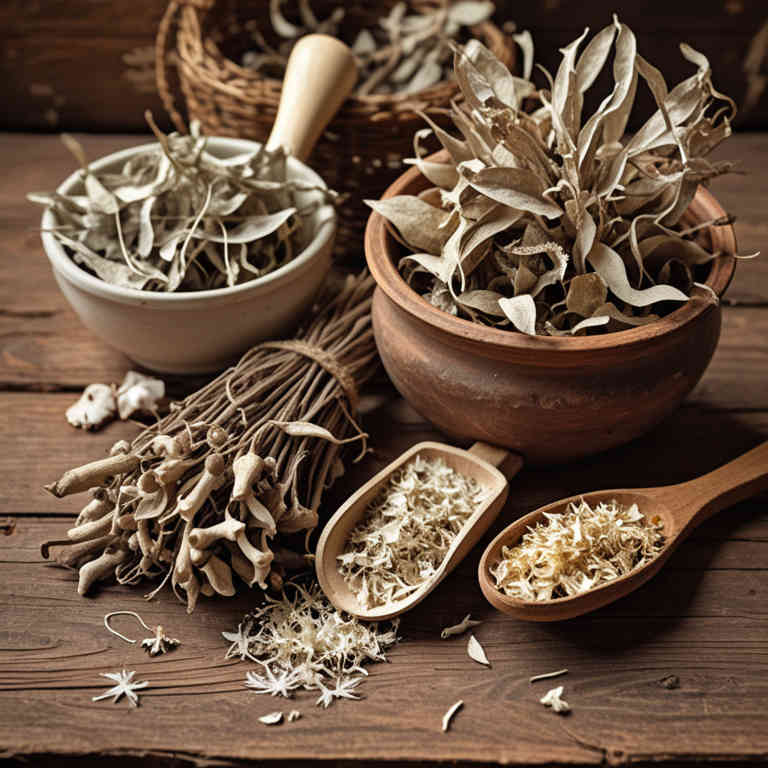
Symphytum officinale, commonly known as comfrey, contains mucillages that have been traditionally used to support skin healing and reduce inflammation.
These mucillages form a protective layer over the affected skin, helping to soothe irritation and promote tissue regeneration. While comfrey is not typically recommended for open wounds due to potential toxicity, its mucilage may be used externally in diluted form for shingles to alleviate pain and discomfort. The soothing properties of the mucilage can help reduce the severity of blisters and support the healing process.
However, it is important to consult a healthcare professional before using comfrey mucilage, especially during active skin outbreaks.